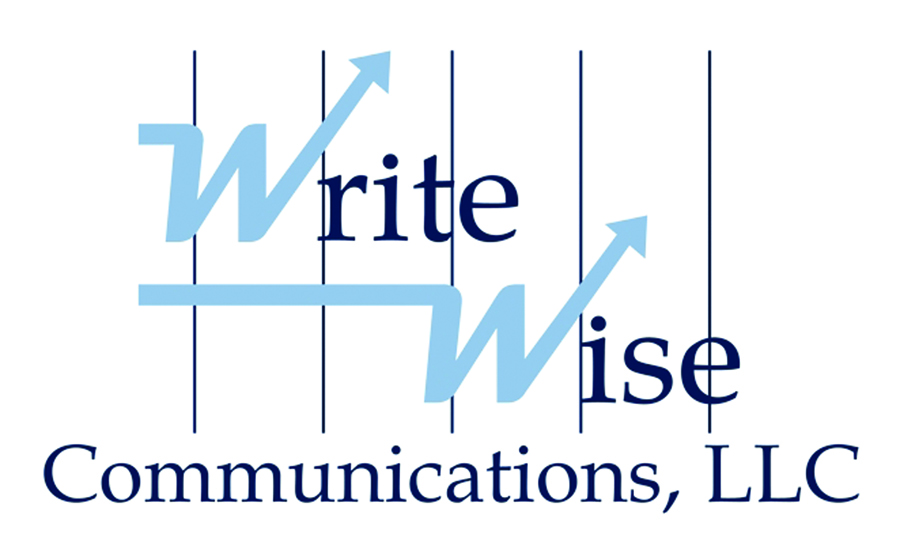

For a more comprehensive description of our courses, download the Write Wise Instructional Design and Course Guide.
Addressing Manipulation to Improve Equity and Inclusion
Has anyone ever gone behind your back to your supervisor? Did you find out someone withheld important information? Was someone less than transparent? These are all examples of manipulation. When is manipulation justified, and how does it impact equity, inclusion and belonging?
This session shares how to identify unproductive manipulative behavior and recognize dysfunctional cycles. Participants will also learn how manipulations impacts equity, inclusion and belonging. We will then explore how to productively address behaviors to improve equity, inclusion and belonging at work.
Analyzing Apologies
We’ve all experienced apologies over the years, some we gave, some we got. This session looks closely at different types of apologies and how to say we are sorry, sincerely.
Avoid Avoiding
Have you ever avoided someone? We all have. Avoiding conflict, confusion or crisis usually makes the situation worse. People with grievances want attention and resolution. People with disagreements want validation or acknowledgement. People who feel slighted or cheated want satisfaction. This course explores different ways to reengage communication and deescalate mounting conflict.
Avoiding Mixed Messages
Communication consists of voice tone, body language, facial expression and word choice. When we say one thing and do another, it’s a mixed message. Mixed messages cause confusion and erode trust. This course analyzes different types of mixed messages and provides an opportunity to practice aligning our words and deeds.
Beyond the Blindside
You got cornered by a coworker. Your boss is upset, now what? Avoiding the situation isn’t working anymore?
What do you do about it? This session shares practical strategies to navigate these common, but tricky, situations. We will learn how to proactively deal with small issues before they become bigger problems.
Creating Psychological Safety in Talent Development
If people don’t feel comfortable while they’re changing, they will fight or flee. Fighting undermines any change effort. Fleeing simply postpones the inevitable and raises anxiety. When participants feel safe, instructors can empower learners to increase business opportunities, refine customer relationships and promote the organization’s future.
How do we keep people out of fight, flight, freeze or fawn mode during talent development initiatives? How do we create learning experiences with psychological safety? This session shares practical strategies for creating talent development initiatives with maximum learning transfer. By using case studies, we will focus on best practices before, during and after training.
Curb Conflict Proactively
Conflict management, dealing with difficult people, crucial conversations. These topics provide great tools for untangling existing problems. What if we could avoid conflict before it happens? What if there were behaviors we could implement to effectively deal with others before conflict occurs?
In this session, we will learn how acknowledgement, appreciation, nurture and support can build solid relationships to survive when conflict occurs
Engagement or Bait?
We hear a lot about employee engagement these days. What does engagement really look like in the workplace? How is it different from bait? What truly motivates people to work cooperatively?
This session explores the similarities and differences between engagement and bait. We will analyze our organization’s engagement culture. The session will also share practical strategies to improve employee engagement.
Executive Presence
This course introduces the core elements of executive presence. Communication, Gravitas, Self-Awareness, Control, Appearance, Consistency, Character and more. It’s an opportunity for participants to get a glimpse of their current strengths and opportunities as they navigate their career path.
Identifying Toxic Behavior Patterns
We have all dealt with toxic behaviors. What if we could identify the problem patterns before engaging in relationships? It’s easy to see arrogance, misogyny and bigotry. Those actions stand out. The real damage is usually hidden by a mask or concealed by someone’s carefully crafted image.
Diagnosing or labeling people doesn’t work, especially if we aren’t licensed psychologists. What works is explaining and describing concrete, observable, and unproductive behaviors. This session shares practical concepts allowing you to avoid potential toxic situations or document bad behaviors if they already exist in your organization.
Managing Resistance
When people aren’t comfortable, they can resist change, even if they agree with it. This course identifies several common resistance behaviors and how to create safe situations to help people embrace change.
Managing Tone
Too direct? Too negative? Threatening? Rude? Managing tone in writing is challenging because we don’t benefit from tempering the message with voice tone body language and facial expression. This session shares five practical strategies to manage tone in written (and spoken) messages.
Minimize Monopolizers
Have you ever been around people who take over the whole conversation? This course focuses on different types of monopolizing behaviors like grandstanding or constant interrupting. Once we identify different types of monopolizing, we’ll analyze possible causes and share strategies to minimize these distractions.
Trust and Transparency
When have you been blindsided? How did it feel? Most people can deal with change with full disclosure, facts and forewarning. Transparency is part of any effective change effort. This course explores aspects of transparency including types of power and a spectrum of transparent behaviors in your organization.
